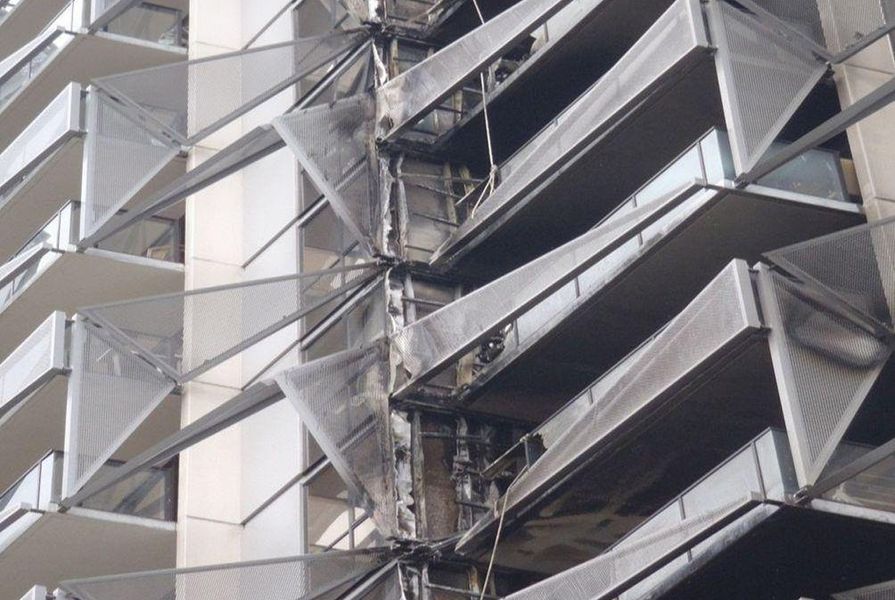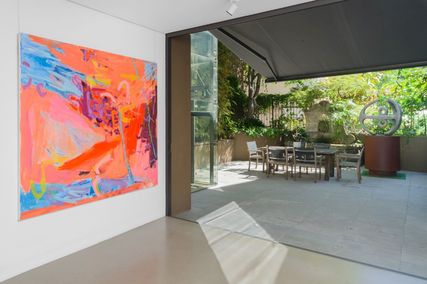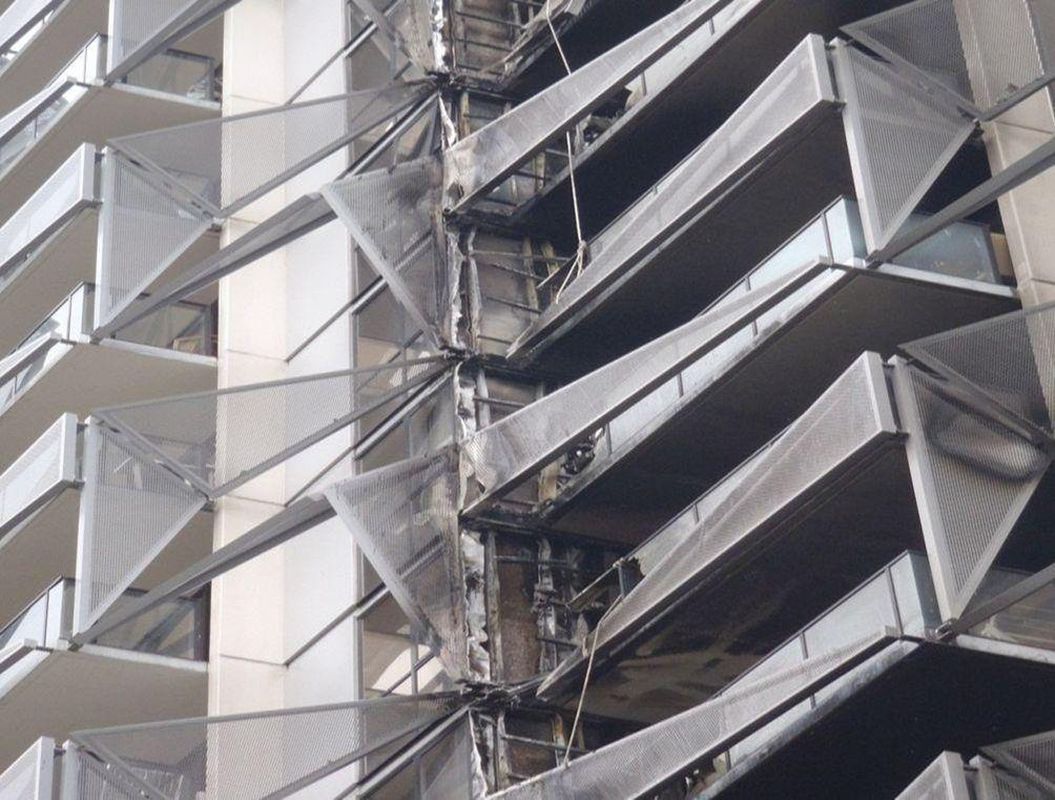The Victorian government has announced that it will ban the “most dangerous” types of combustible cladding, based on the recommendations of a taskforce set up in the wake of the 2014 Lacrosse Building fire in Melbourne’s Docklands and the fatal Grenfell Tower fire in London in 2017.
The government first announced that it would establish a taskforce charged with investigating the use of non-compliant cladding on Victorian buildings in July 2017.
The taskforce is jointly chaired by former Victorian premier Ted Baillieu, who trained and practised as an architect, and former deputy premier and planning minister John Thwaites. An interim report published in November 2017 by the taskforce identified “major non-compliant use of aluminium composite panels (ACP) and expanded polystyrene cladding” across the state.
“We’re putting a stop to dangerous combustible cladding being used on Victorian buildings,” said planning minister Richard Wynne. “This has been allowed to go on for too long and we’re ending it.”
“The rules are clear: if builders use these dangerous flammable products, they’ll face disciplinary action from the [Victorian Building Authority].”
The ministerial guideline defines the building materials that fall under the ban as comprising “polyethylene core or lamina bonded to one or more sheets of metal panels including an aluminium composite panel (also sometimes referred to as aluminium composite material),” or “an expanded polystyrene product (EPS) used in an external insulation and finish (rendered) system.”
The guideline also requires that building surveyors may only issue a building permit for the installation of certain ACP or EPS products as part of an external wall (including as an attachment) where the use has been determined compliant by the Building Appeals Board.
The guidelines are accompanied by a Building Product Safety Alert, which describes the use of combustible cladding as a “serious issue facing the community.”
Both materials specified in the new guidelines “have been implicated directly in the Grenfell, Lacrosse and other fires.”
“In addition to being a fire hazard, both products are prone to melting, dripping and collapsing. When burning, polyethylene and polystyrene release two and a half times the amount of energy as an equivalent amount of wood.”
An audit of buildings in Victoria was ordered after a fire at the Lacrosse Building in Melbourne’s Docklands in 2014. More than 220 buildings in the state were assessed by the Victorian Building Authority (VBA) in the original audit and subsequent investigations.
While all were deemed safe to occupy, the non-compliance rate found by the original VBA audit was 51 per cent. At the time of the audit report’s release in 2016, the VBA described the non-compliance rate of the use external cladding materials as “unacceptably high.”
A statewide audit of buildings to identify the prevalence of unsafe cladding is currently being conducted by the Victorian Cladding Taskforce.
The taskforce found 1369 buildings most likely have ACPs or EPSs, 579 of which are as yet unbuilt and 129 are midway through construction.
















